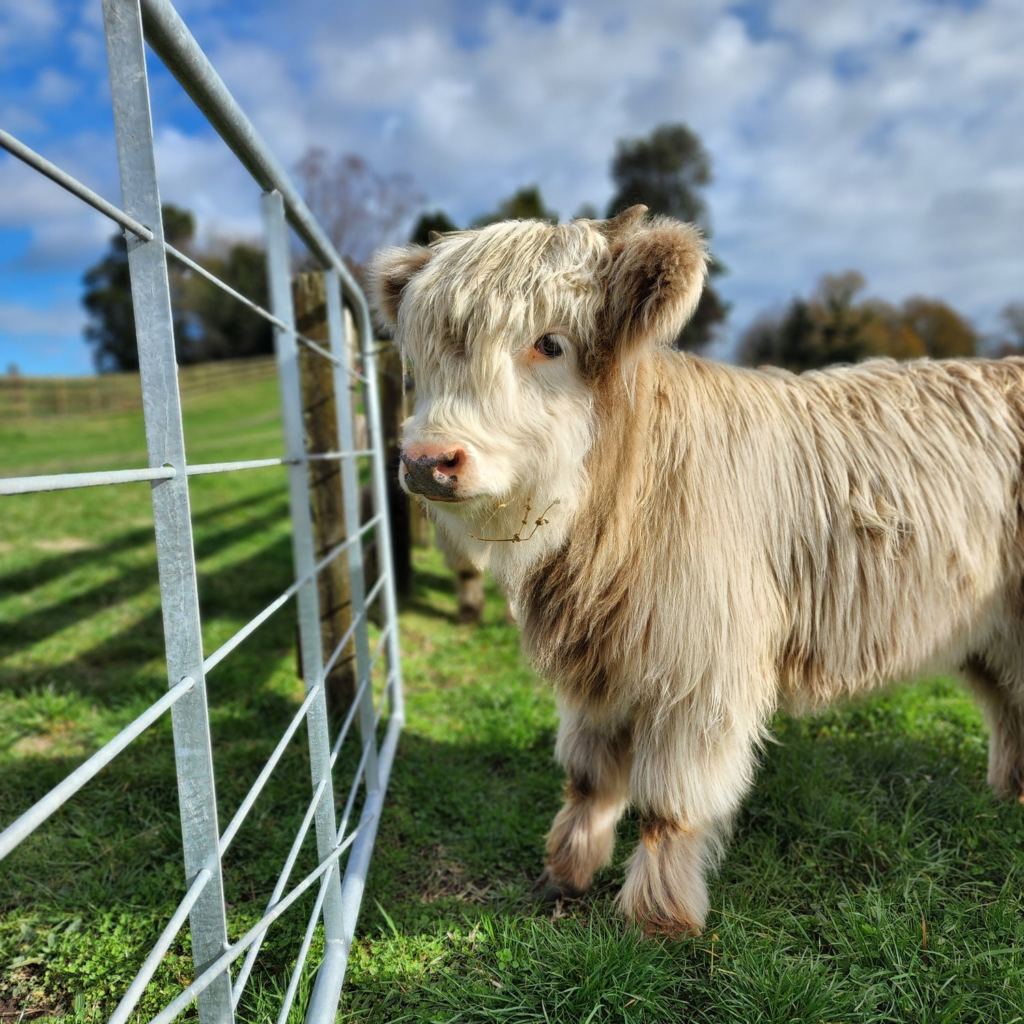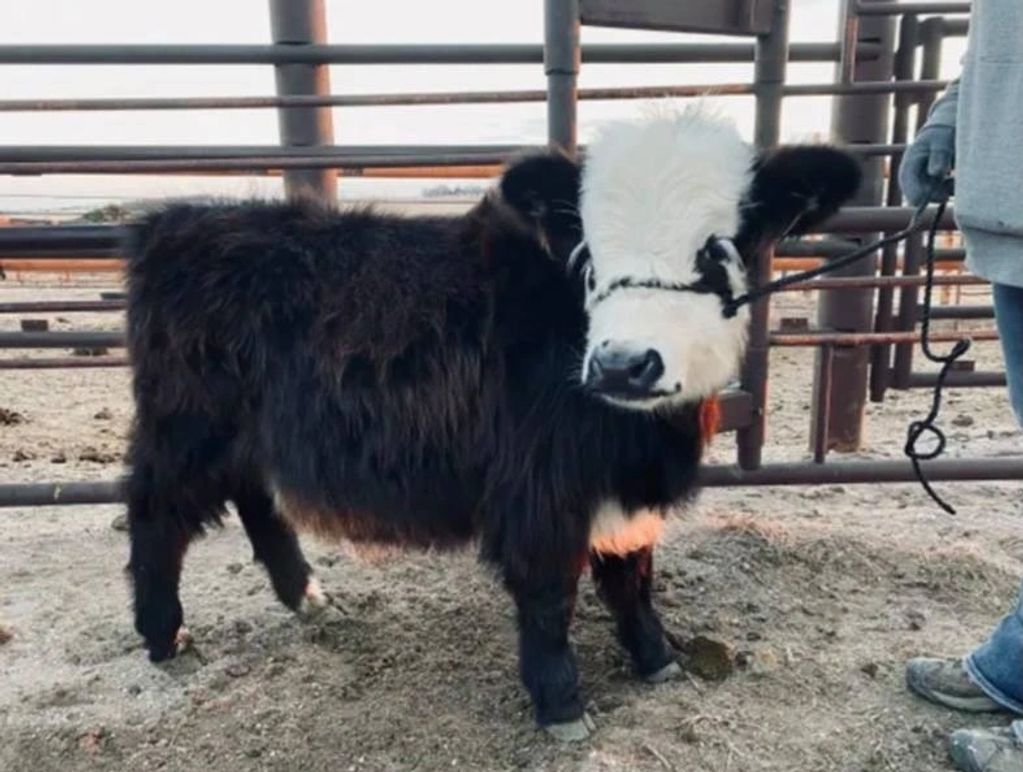Mini Cow Breeding: A Guide to Genetics and Ethical Practices in the USA
Interested in mini cow breeding? Breeding miniature cows, especially Highland minis, is a rewarding venture for USA homesteaders, but it demands knowledge of genetics and ethics. This guide covers mini highland cow breeding, breeding miniature cows, mini cow genetics, and how to breed mini highland cows, offering insights for successful outcomes. From selecting breeding stock to understanding genetics, we’ll help you navigate the process. Start your mini cow breeding journey responsibly.
Table of Contents
- Why Breed Mini Cows?
- Mini Cow Breeding Basics
- Mini Highland Cow Breeding
- Mini Cow Genetics
- Ethical Breeding Practices
- Breeding Traits Comparison Table
- Tips for Successful Mini Cow Breeding
- Frequently Asked Questions
Why Breed Mini Cows?
Mini cow breeding produces compact livestock for small USA farms, ideal for milk, beef, or pets. Mini cows, like Highland minis (500–1100 lbs), require less space and feed than standard cattle, making breeding cost-effective. Breeding allows homesteaders to create sustainable herds or sell calves, with mini Highland calves fetching $2,000–$7,000. The American Highland Cattle Association emphasizes breeding for health and temperament. Ethical breeding ensures strong genetics, benefiting both animals and owners. Learn more about mini cows on our about page.

Mini Cow Breeding Basics
Selecting Breeding Stock
Breeding miniature cows starts with choosing healthy, registered animals with desirable traits. Heifers should be 2–3 years old and bulls 18–24 months, per Penn State Extension. Look for good conformation, temperament, and health records from breeders like those listed with the American Highland Cattle Association. Avoid inbreeding to prevent genetic issues, a concern noted on Reddit’s r/homesteading. Expect a 9-month gestation, with one calf per cycle.
Breeding Methods
Natural breeding or artificial insemination (AI) are common, with AI costing $100–$500 per attempt but allowing access to superior genetics. Work with a vet to monitor estrus cycles and ensure successful conception.
Mini Highland Cow Breeding
Specific Considerations
Mini highland cow breeding focuses on maintaining small size (36–42 inches) and Highland traits like shaggy coats. How to breed mini highland cows involves selecting bulls and heifers with proven mini genetics, often HighPark crosses. Their hardiness suits diverse USA climates, but overbreeding for size risks health issues, per the American Veterinary Medical Association. Calves are born small (30–50 lbs), requiring extra care. Breeding pairs cost $5,000–$15,000, depending on pedigree.
Breeding Challenges
Mini Highlands may face calving difficulties if bred with larger bulls, so choose compatible sizes. Regular vet checks ensure healthy pregnancies, costing $100–$300 per cow. Read owner stories on our testimonials page for breeding insights.
[Insert Image: Mini Highland bull | Alt-text: Mini Highland bull grazing on a USA farm]
Mini Cow Genetics
Key Genetic Traits
Mini cow genetics determine size, coat, and productivity. Mini Highlands inherit dwarfing genes (e.g., chondrodysplasia), which reduce size but must be managed to avoid skeletal issues. Color (red, black, or dun) and horn traits are also genetic, with polled (hornless) options available. The USDA advises genetic testing ($50–$200 per cow) to screen for defects like bulldog dwarfism. Ethical breeders prioritize health over extreme miniaturization.
Genetic Management
Use pedigree records to track lineage and avoid recessive disorders. Crossbreeding with breeds like Dexters can enhance vigor but requires careful planning to maintain mini traits.
Ethical Breeding Practices
Animal Welfare
Breeding miniature cows ethically avoids overbreeding for extreme sizes, which can cause joint or calving issues, as warned on Reddit’s r/homesteading. Provide ample space (1–2 acres per cow), quality feed, and vet care during pregnancy. The American Veterinary Medical Association stresses humane treatment, including stress-free mating environments. Register offspring with associations like the American Highland Cattle Association for traceability. Ethical breeding ensures long-term herd health and market trust.
Regulatory Compliance
Follow USDA guidelines for livestock breeding, including health certifications and transport permits for breeding stock. Check local zoning laws, as some counties restrict breeding operations.

Breeding Traits Comparison Table
| Breed | Size at Maturity | Breeding Purpose | Genetic Concerns | Best For |
|---|---|---|---|---|
| Mini Highland | 36–42 inches | Milk, beef, pets | Dwarfism, calving issues | Small farms |
| Mini Dexter | 34–40 inches | Milk, beef | Bulldog dwarfism | Dual-purpose farms |
| Mini Jersey | 38–44 inches | Milk | Reproductive issues | Dairy homesteads |
| Micro Highland | Under 36 inches | Pets | Joint issues, dwarfism | Novelty breeding |
Tips for Successful Mini Cow Breeding
Planning and Preparation
Mini cow breeding success starts with a breeding plan, selecting stock from ethical breeders like those at Rolling 7 Mini Highlands. How to breed mini highland cows? Monitor heifer health, use AI for quality genetics, and avoid oversized bulls. Budget $500–$2,000 for initial breeding costs, including vet fees and semen. Keep detailed records to track genetics and calving outcomes. Contact us for breeding guidance.
Post-Breeding Care
Provide pregnant cows with high-quality feed and stress-free environments. Prepare a calving area with clean bedding, costing $50–$100. Join homesteading groups for breeding tips, as suggested on Reddit’s r/homesteading.

Frequently Asked Questions
What is mini cow breeding?
It involves mating miniature cows to produce small, healthy offspring for farming, pets, or shows.
What’s mini highland cow breeding?
It focuses on breeding Mini Highlands (36–42 inches) for their shaggy coats and hardy traits.
How does breeding miniature cows work?
Select healthy stock, use natural or artificial insemination, and monitor 9-month gestation for healthy calves.
What are mini cow genetics?
Genetics determine size, coat, and health, with dwarfing genes needing careful management to avoid defects.
How to breed mini highland cows?
Choose registered mini bulls and heifers, use AI or natural breeding, and ensure vet care for pregnancies.
What are ethical breeding practices?
Avoid overbreeding, prioritize health, provide ample care, and register offspring for traceability.
Why is mini cow breeding popular?
It produces compact, versatile livestock for small farms, appealing to USA homesteaders for sustainability.
Conclusion
Mastering mini cow breeding, mini highland cow breeding, breeding miniature cows, mini cow genetics, and how to breed mini highland cows creates healthy, sustainable herds. Ethical breeding ensures Mini Highlands thrive, benefiting USA homesteaders. Start with reputable breeders and careful planning. Visit our contact page or read stories on our testimonials page.
Sources
- American Highland Cattle Association: https://www.highlandcattle.org/
- USDA: https://www.usda.gov/
- Penn State Extension: https://extension.psu.edu/
- Rolling 7 Mini Highlands: https://www.rolling7minicattle.com/
